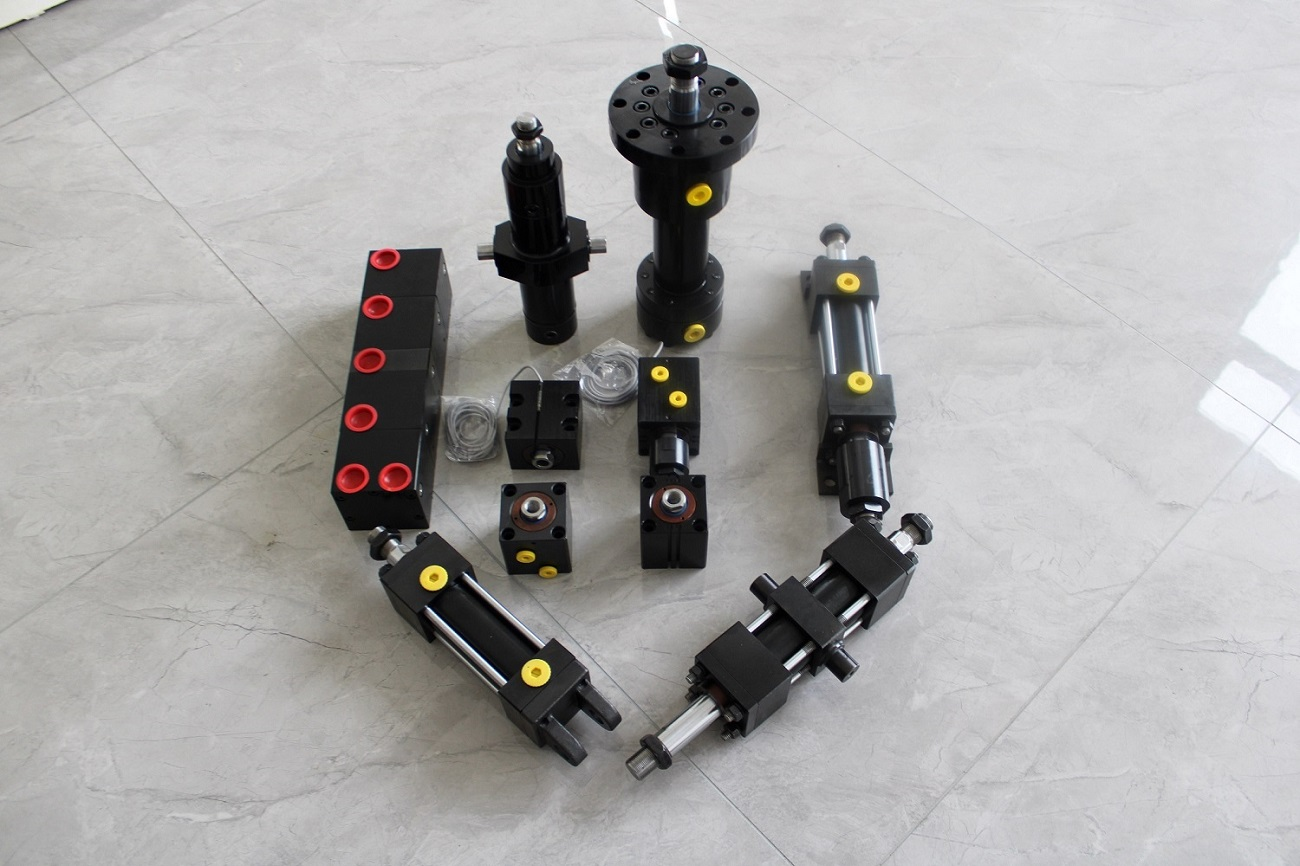Hydraulic cylinders are one of the indispensable components in hydraulic transmission systems and are widely used in various machinery and automation equipment. The model parameters of hydraulic cylinders play a crucial role in the normal operation and performance of mechanical equipment.
It is common for purchasers or non-technical traders to provide the hydraulic cylinder models of other enterprises and ask us for quotations. In fact, this is a misunderstanding. The reason is that there is no unified national standard in the hydraulic cylinder industry—each factory has its own product model, and the numerical values in the models represent different meanings, making them incomparable.
Therefore, correctly providing the following parameters is the key first step in customizing or purchasing a hydraulic cylinder.
I. Model Parameters of Hydraulic Cylinders:
1.Inner Diameter (Piston Diameter): Refers to the diameter of the piston inside the hydraulic cylinder, with the length typically measured in millimeters (mm).
2.Stroke: Denotes the distance the piston moves inside the hydraulic cylinder, and the length is usually in the millimeter (mm) range.
3.Working Pressure: Represents the maximum pressure that the hydraulic cylinder can withstand, commonly expressed in units of MPa (megapascals) or Bar.
4.Working Temperature: Indicates the temperature range within which the hydraulic cylinder operates normally, and it is generally measured in degrees Celsius (℃).
5.Body Material: Refers to the material used for the main components of the hydraulic cylinder, which usually includes cast iron, steel pipes, and so on.
6.Tube Sizing: Denotes the outer diameter of the hydraulic cylinder's tube, with the size typically in the millimeter (mm) range.
II. Application Fields of Hydraulic Cylinders
Hydraulic cylinders are widely used in various mechanical equipment, such as heavy mechanical equipment including excavators, loaders, forklifts, and cranes. Their application fields are not limited to the heavy industry sector; they can also be used in light mechanical equipment or other automatic control fields to realize the movement, lifting, clamping, and other operations of mechanical components.
III. How to Select Appropriate Model Parameters for Hydraulic Cylinders
1.Select the corresponding hydraulic cylinder model parameters based on the working pressure of the equipment.
2.Determine the stroke length and inner diameter of the hydraulic cylinder according to the thrust and lifting height required by the equipment.
3.Choose an appropriate working temperature range based on the ambient temperature of the environment where the equipment is located.
4.Select a suitable cylinder body material according to the load-bearing requirements of the equipment and the special requirements of the working environment.
When selecting the model parameters of a hydraulic cylinder, it is also necessary to consider requirements regarding its durability, strength, reliability, and other aspects.
In conclusion, the model parameters of hydraulic cylinders play a crucial role in the normal operation and performance of mechanical equipment. When selecting the model parameters of a hydraulic cylinder, one should make the choice based on the specific working requirements of the equipment, so as to improve the production efficiency and performance of the equipment.




 Home
Home Product
Product Telephone
Telephone Message
Message